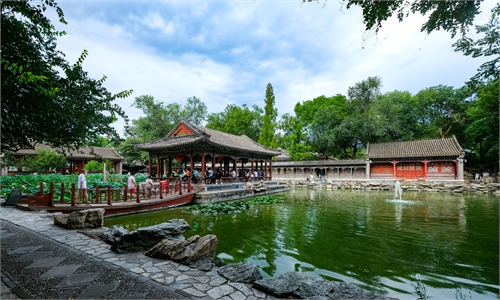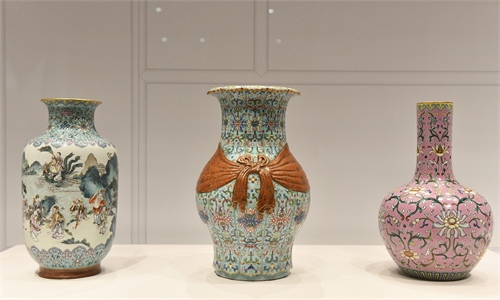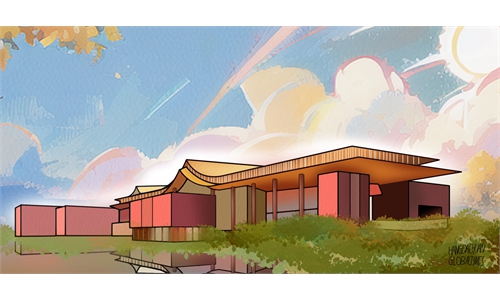ARTS / CULTURE & LEISURE
Palace Museum: Embodiment of a diverse, long-lasting civilization
Treasure house of wonder
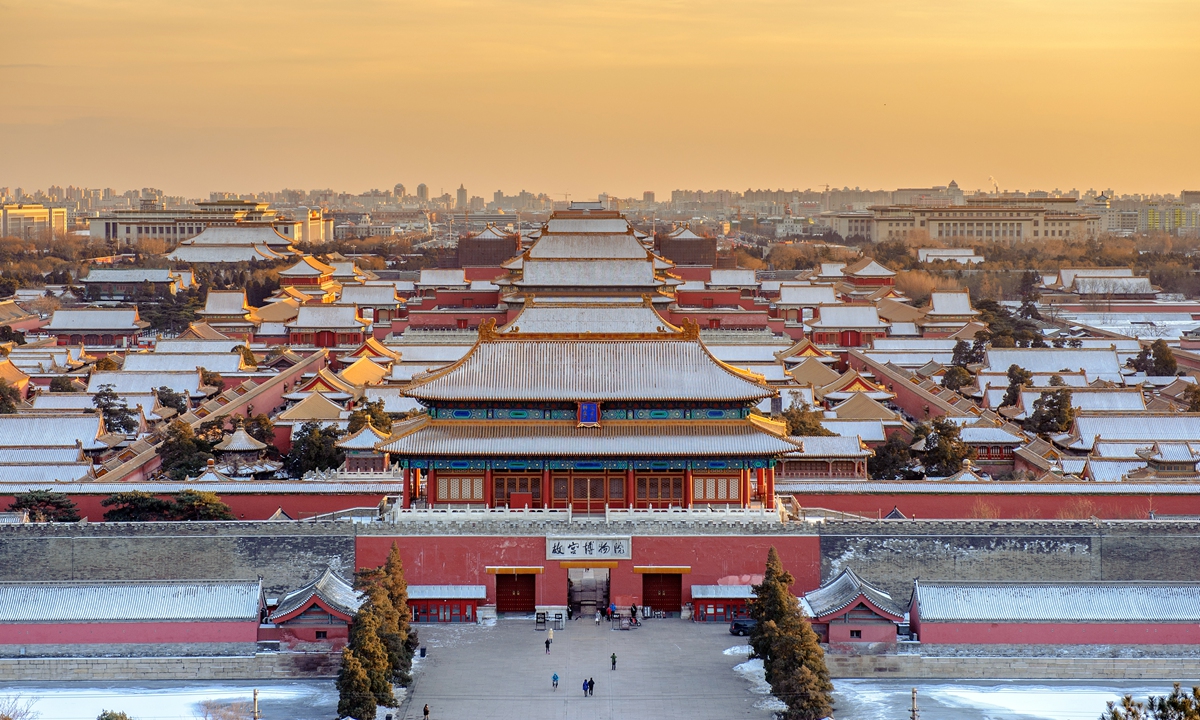
The Palace Museum Photo: VCG
Editor's Note:Through the continuous efforts of several generations of Chinese scholars, major research projects, such as the Project to Trace the Origins of Chinese Civilization, have shown that Chinese history includes 1 million years of human evolution, 10,000 years of culture and more than 5,000 years of civilization.
Thousands of museums across the country, with their rich collections and exhibits, are like stars lighting up the Milky Way that is China's history.
In this series, the Global Times will introduce 10 museums from across the breadth and width of China, exploring their contributions to the country's diverse, inclusive and continuous civilization.
This 10th and final installment of the series brings readers to the Palace Museum in Beijing, which is also known as the Forbidden City, home to Chinese emperors of Ming (1368-1644) and Qing (1644-1911) dynasties and a large collection of exquisite cultural treasures.
In the year 1406, on order from the Ming Dynasty Emperor Zhu Di, who was also known as the Emperor Yongle, construction began on one of the greatest architectural complexes ever built.
Historical records show that over the next 14 years, millions of people from all walks of life, from officials to craftsmen, once devoted themselves to building the grand imperial palace known as the Forbidden City.
In 1925, the Forbidden City was opened to the public as the Palace Museum.
Now one of the world's top museums, it welcomes nearly 20 million visitors a year, double the number of visitors to other well-known museums such as the Louvre in France.
With a total of nearly 1.8 million treasures, the Palace Museum is more than a treasure trove of art and culture, it is eternal evidence of the essence of Chinese civilization and the cultural exchanges between China and the West during the Ming and the following Qing dynasties.
Yet a century ago, before it became a museum, the destiny of this imperial place was once closely intertwined with the nation's fate and social situation.
"When you walk into the place, you can feel the breadth and grandeur embodied by the thousands of years of continuous history, a fusion of different cultures coming together," noted cultural expert Li Nanyi.
"Looking closely, you can also observe the cultural fusion from both the East and West."
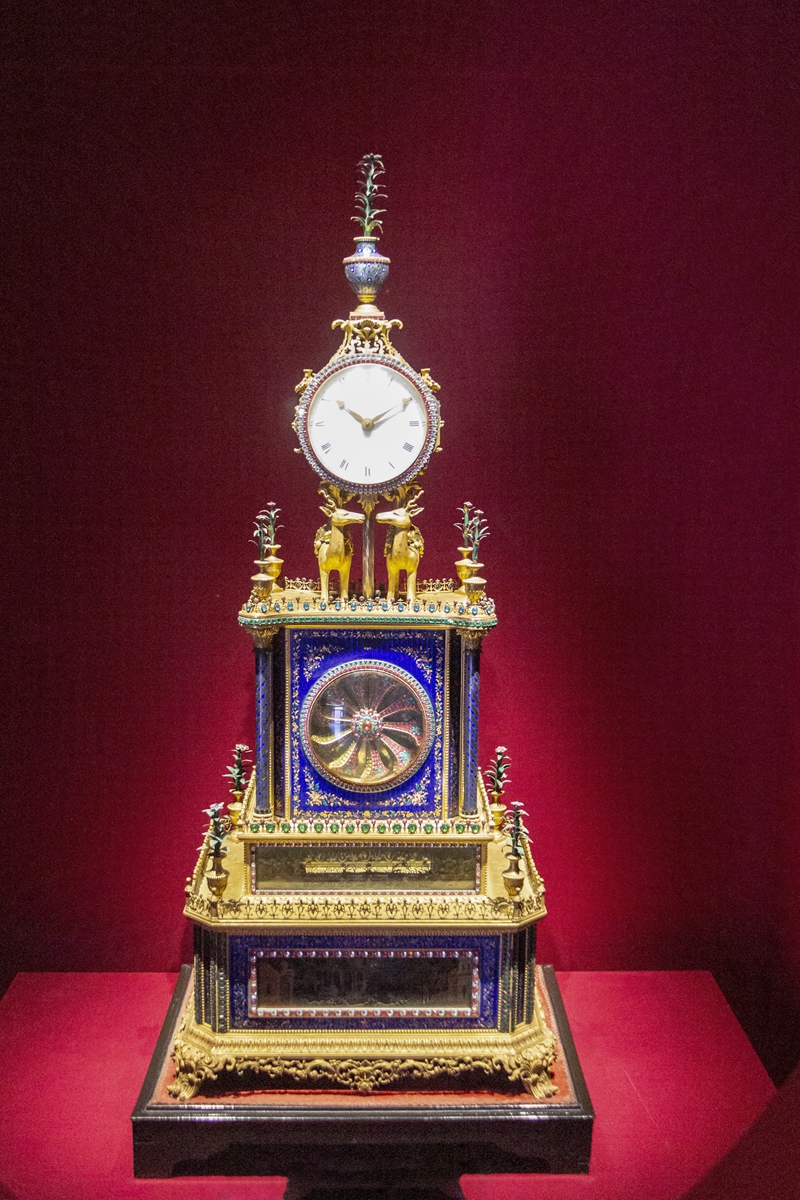
A Qing Dynasty clock at the Palace Museum Photo: VCG
Marvelous representativeFrom the classic elegant enamel vessels and irreplaceable red-glazed vases to the world-famous painting Along the River During the Qingming Festival and enormous magical clocks from Europe, it is quite difficult to pick the most precious treasure at the museum.
These latter antiques, once part of tributes from the rich and nobility in Europe, especially represent the frequent contacts China had with the world.
"The uniqueness of the clocks and watches in the Forbidden City lies in how they represent the collision between China and the West in terms of technology and aesthetics," antique timepiece restorer Qi Haonan from the Palace Museum told the Global Times in a recent interview.
One timepiece, a pavilion-style clock with self-opening doors decorated with gold lacquer designs of Chinese immortals, is a standout of the Palace Museum's clock collection. The enormous clock, 185 centimeters high and 102 centimeters wide, boasts seven sets of mechanical systems that control the various devices inside it. It is truly a marvelous representative piece of clock making techniques.
It was once displayed in front of visitors for a while in the Gallery of Clocks, located in the buildings south of the Gate for Ancestral Worship in the Place Museum. The gallery reveals how clocks and watches were not only tools for measuring time, but also symbols of power, status, wealth, taste and knowledge.
Qi told the Global Times that the over 1,500 clocks in the museum mainly came from three sources: tributes to the emperor from Europe, purchases and local production. The latter category features some rare Chinese-made clocks that demonstrate the skills and creativity of Qing imperial craftsmen.
At present, half of the clock collections inside the museum have been repaired and restored. Restorers have started with the easiest to repair first, so there are still even greater challenges ahead.
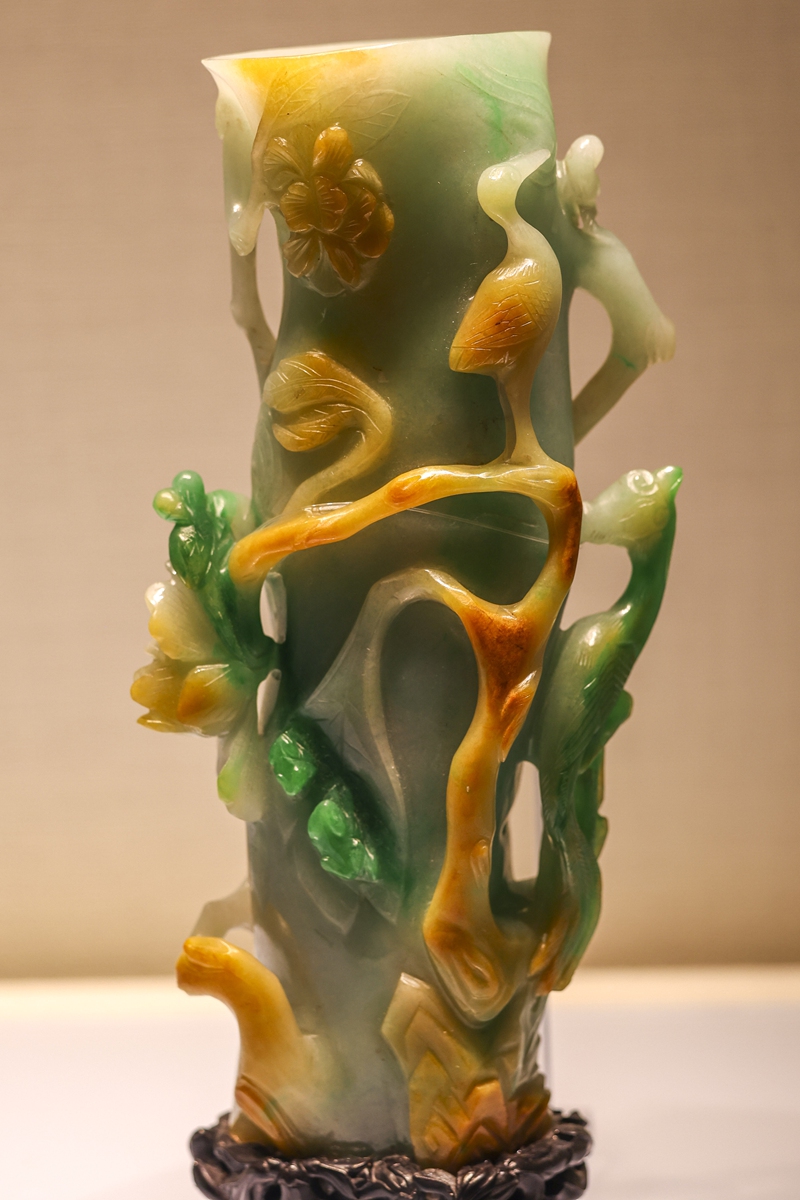
A Qing Dynasty jadeite flower vase at the Palace Museum Photo: VCG
Essence of diversityHome to countless artifacts and treasures and a must-go for many foreign visitors, the value of the Palace Museum, however, lies in more than just its grandeur and splendor, but also its openness, inclusiveness and creativity.
"Chinese culture has continuously absorbed foreign culture throughout its history. This mutual influence and innovative development of culture, which can be found in the Palace Museum, is the basis of our cultural self-confidence, which is not just blind self-confidence," noted Wang Xudong, curator of the Palace Museum, in an interview with the China News Service.
This inclusiveness is easily seen in the many collaborations the museum has carried out over the years.
In 2021, an exhibition of Dunhuang art was held at the Palace Museum. The exhibition was a collaborative project between the Palace Museum and the Dunhuang Research Academy to showcase the cultural heritage and artistic achievements of Dunhuang, a city along the Silk Road in Northwest China's Gansu Province. The exhibition successfully intertwined the cultures of two world cultural heritage sites: the Forbidden City and the Mogao Caves in Dunhuang.
Since 2022, the Palace Museum in Beijing has lent several batches of its most treasured works to the Hong Kong Palace Museum, making the latter a window and platform for exchanges with other civilizations. The Hong Kong Palace Museum has also become a cultural business card for the Great Bay Area. The former helps provide curatorial expertise and guidance, as well as loaning a large number of artifacts from its collection. The Palace Museum in Beijing also supports the Hong Kong Palace Museum in developing its own permanent collection, a representative of cultural exchanges with different regions.
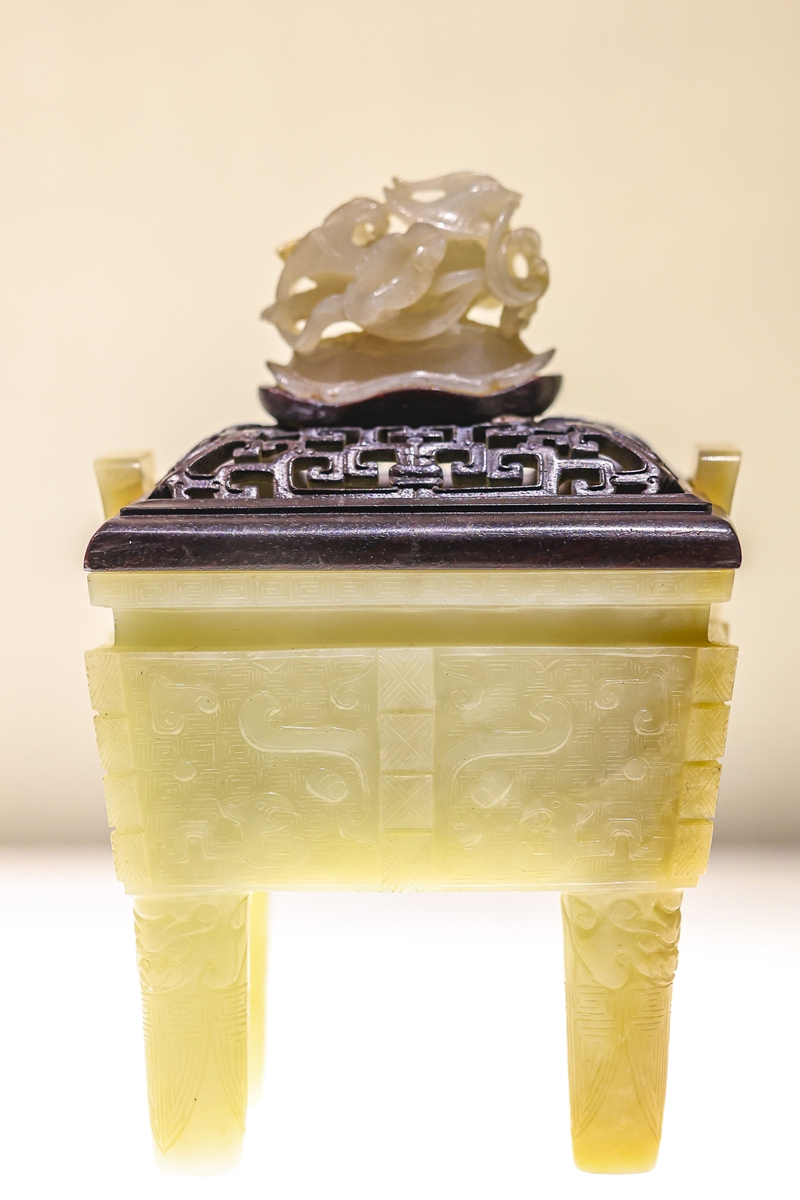
A Ming Dynasty jade incense burner at the Palace Museum Photo: VCG
Other efforts made by Palace Museum in Beijing include the digital technology used to enhance its exhibitions and services. The museum has used virtual reality, augmented reality and artificial intelligence to create immersive and interactive experiences for its visitors, and its creative products have lead the market in its field across the country."We are a multi-ethnic country with diverse regional cultures, ethnic cultures and religious cultures. These cultures can be spotted inside this imperial palace, a showcase of inclusiveness," noted Li.
